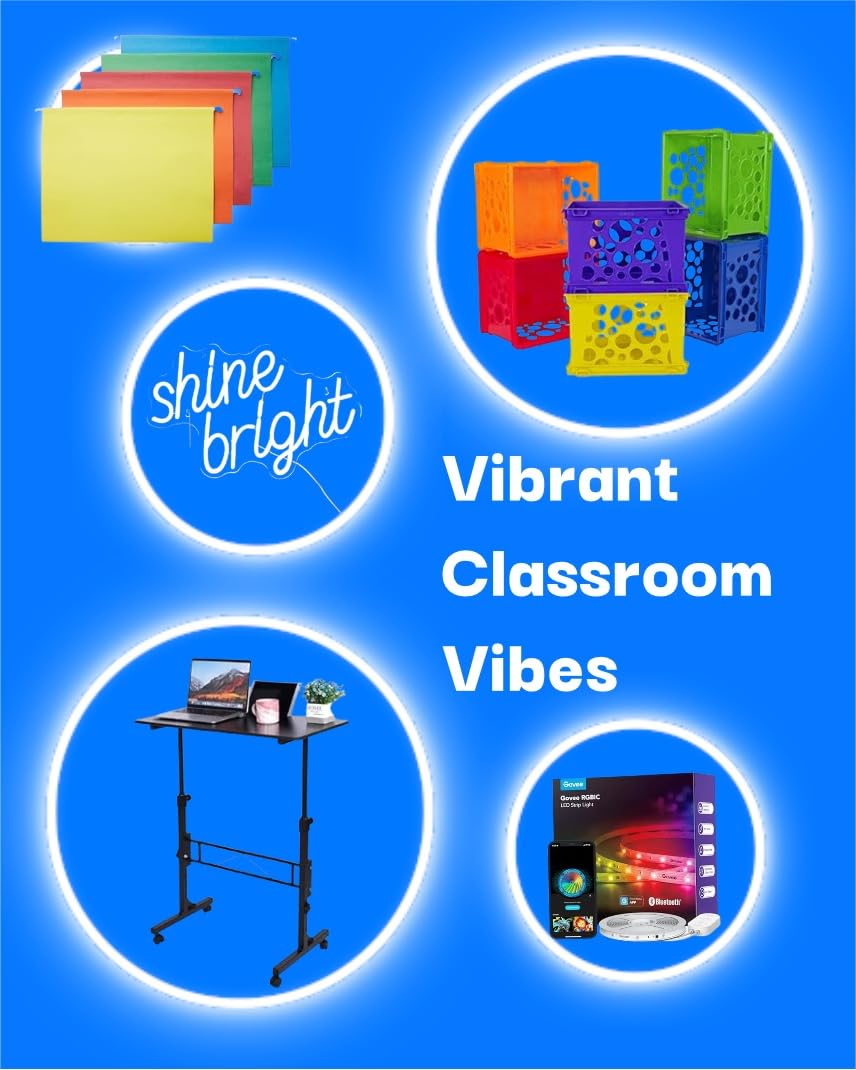
Starting your first year as a teacher is an exciting journey filled with opportunities to inspire and shape young minds. However, it can also be overwhelming as you navigate the challenges of classroom management, lesson planning, and building relationships. Here are some detailed tips to help you succeed and thrive in your first year:
1. Start with Self-Care:
Before you can take care of your students, you need to take care of yourself. Begin each day with a few minutes of meditation to center your mind and set a positive tone. This practice can help reduce stress and increase your focus, allowing you to approach each day with a clear and calm mindset. Incorporate regular exercise and healthy eating into your routine to keep your energy levels up and maintain overall well-being. A balanced lifestyle will help you stay resilient and fully present for your students. Shop for these essential items: Yoga Mat, Himalayan Glow Salt lamp, Smart Essential Oil Diffuser
2. Stay Organized:

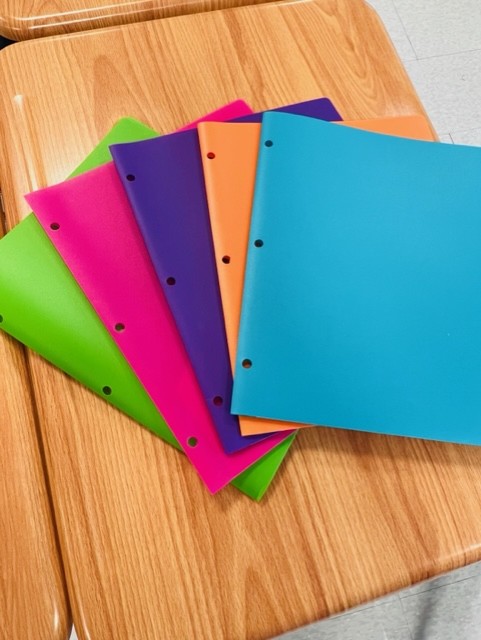
Organization is key to managing the many tasks and responsibilities that come with teaching. Maintain a daily schedule to keep track of lessons, meetings, and deadlines. Use calendars and notepads to jot down important dates, reminders, and to-do lists. Having a clear plan will help you stay on top of your work and reduce the feeling of being overwhelmed. To make your classroom more organized and efficient, use color-code folders, bins, crates, binders, and clips by class. This simple strategy helps you quickly find materials and stay on top of different subjects. I even take it a step further by matching the Google Classroom banner colors to the physical materials, creating a seamless and organized learning environment both online and in class. Shop for these essential items: Lesson Plan & Record book, Calendar, Notepads, Storage crates, Colored folders
3. Be Selective in Grading:

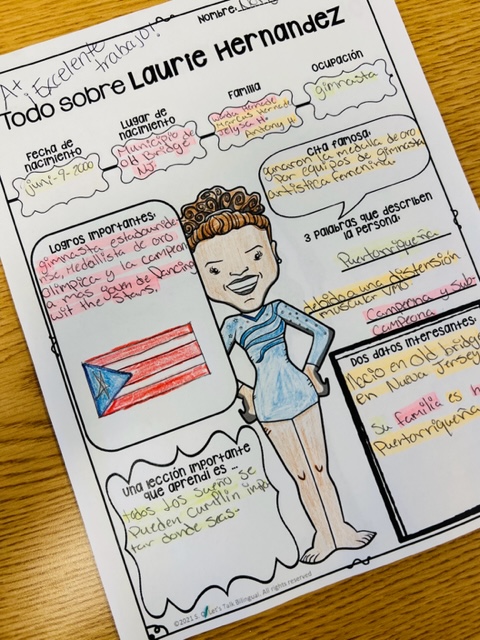
It’s important to remember that you don’t have to grade every single assignment. Focus on grading key assignments that provide meaningful feedback to your students. This approach not only saves you time but also ensures that your grading is purposeful and reflective of your students’ progress. Create self-grading assignments using tools like Google Forms, Quizizz, or other digital platforms, which can save time and allow you to use class periods to provide immediate, on-the-spot feedback. Immediate feedback is far more effective than comments given after assignments are collected, as students are more likely to embrace and act on feedback they receive in real-time. Many students do not acknowledge feedback given too late, reducing its impact on their learning. Allow students to edit their work and make corrections based on the feedback they receive, fostering a growth mindset and helping them learn from their mistakes.. Shop for these essential items: Color pens, Self ink teacher stamps, Step by Step guide to Google Forms, Grading for Equity
4. Focus on One Skill at a Time:
When planning your lessons, concentrate on teaching one skill or concept at a time. This allows your students to build a strong foundation and fully grasp the material before moving on to more complex topics. Overloading students with too many concepts at once can lead to confusion and frustration. Incorporating periodic reviews or spiral learning techniques can also help students connect and apply previously learned concepts or skills to new situations, making their learning more meaningful and long-lasting. Shop for these essential items: Engaging Students : Using the Unit in Comprehensive Lesson Planning book
5. Keep Lessons Engaging:
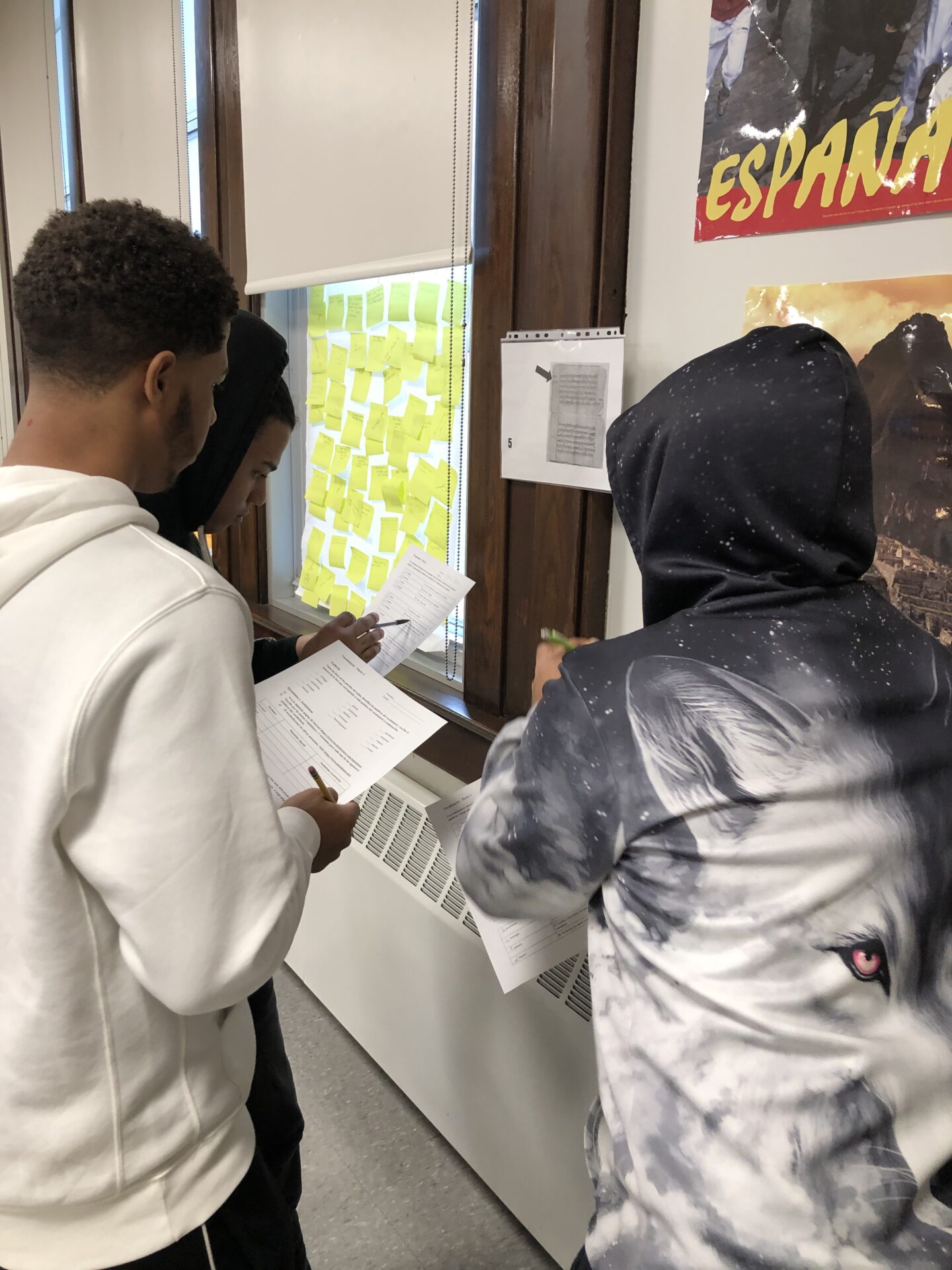
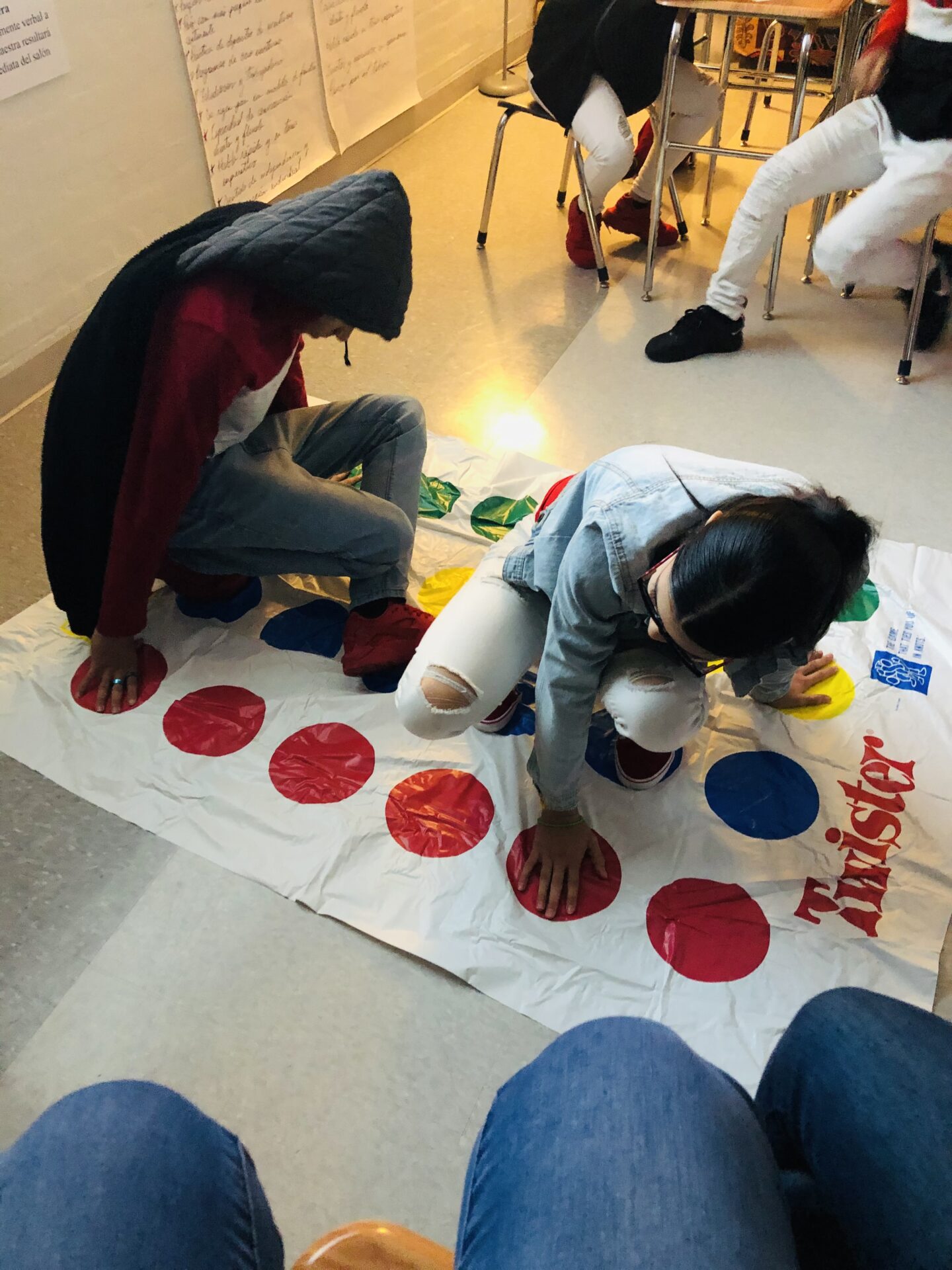
Engagement is key to student learning. Incorporate student-centered activities such as gallery walks, rotations, stations, and interactive games to keep students actively involved in their learning. Technology can be a great ally in this effort—use tools like Quizziz, Blooket, and Kahoot for quick and fun checks for understanding that keep students engaged and motivated. Shop for these essential items: Worksheet baskets, Sheet Protectors
6. Embrace Productive Noise:

Classrooms don’t have to be silent to be effective learning environments. Good noise, such as students discussing ideas, collaborating on projects, or excitedly sharing their thoughts, is a sign of active engagement. Encourage a lively atmosphere where students feel comfortable expressing themselves and working together. Remember, a noisy classroom isn’t necessarily chaotic—it can be a vibrant space filled with the sounds of learning. Shop for these essential items: 12 Inch 10 Slots Prize Wheel Tabletop, Blank Bingo Cards, Game Answer Buzzer Alarm Button Box with Sound Light
7. Create Meaningful Projects:

Projects are a great way to deepen students’ understanding of a subject. When designing projects, consider incorporating topics that align with your students’ interests. This approach makes learning more relevant and increases student investment, leading to better outcomes. Meaningful projects involve students creating, collaborating, making decisions, and applying skills they’ve already learned. They also practice presenting information to different audiences using the appropriate tone. Examples include research projects, presentations, and role plays. For more insights, refer to Project Based Teaching: How to Create Rigorous and Engaging Learning Experiences
8. Align Activities with Outcomes:
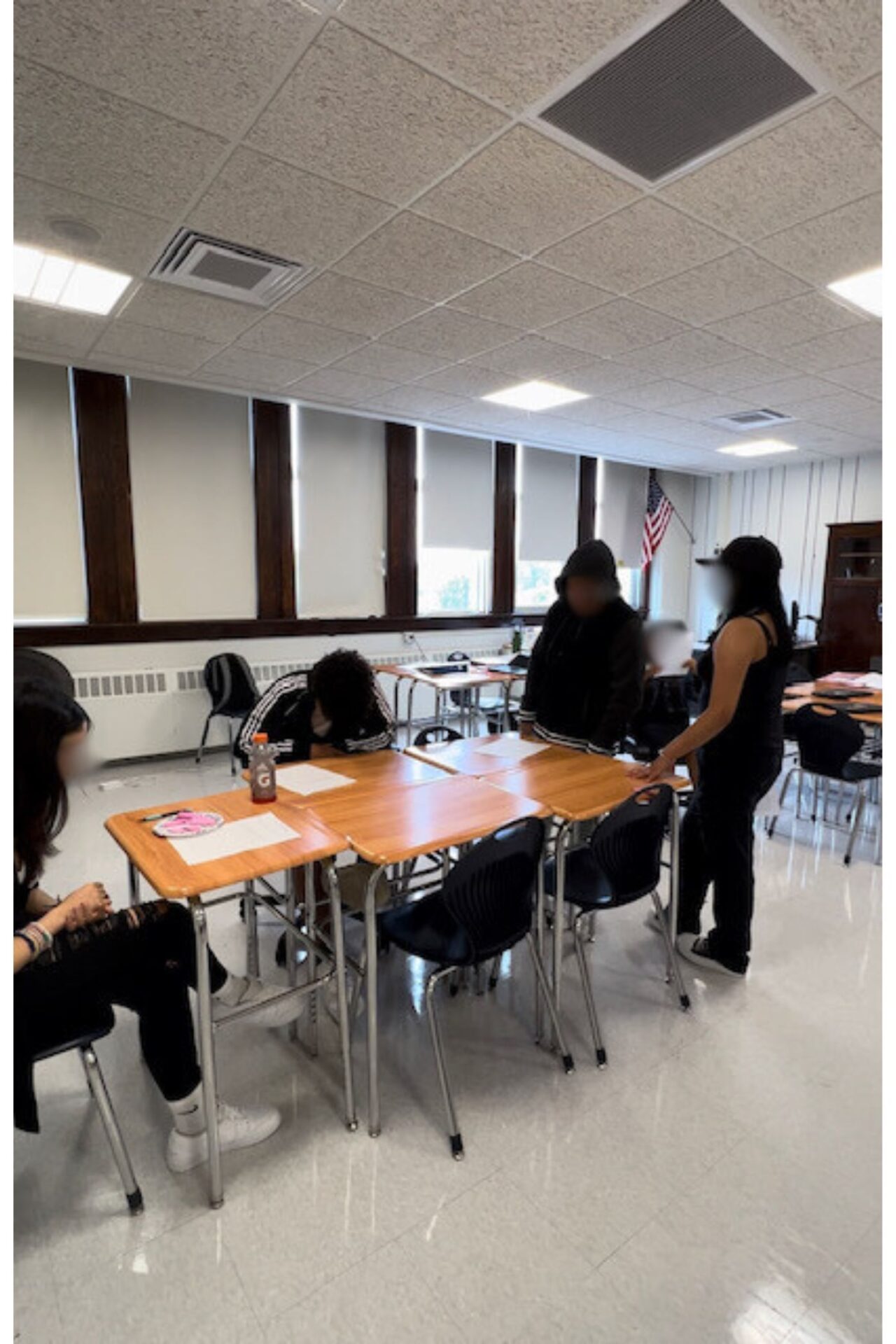
Ensure that every activity in your lesson plan has a clear purpose and is aligned with your desired learning outcomes. Each task should contribute to the overall goal of the lesson, keeping your instruction focused and effective. This alignment helps students understand the relevance of each activity and how it connects to their learning objectives. Shop for these essential items: Lesson Planning with Purpose: Five Approaches to Curriculum Design
9. Use Assessments Wisely:
Incorporate both formal and informal assessments into your lessons to gauge student understanding. These assessments can range from quizzes and tests to quick checks for understanding using tools like Google Forms or Blooket. Regular assessments provide valuable insights into student progress and help you adjust your teaching strategies as needed. Additionally, peer assessments encourage students to give each other constructive feedback, helping them improve their work and build critical thinking skills. This balanced approach offers valuable insights into student progress and fosters a more engaging learning environment. Shop for these essential items: Assessment and Student Success in a Differentiated Classroom
10. Dress Comfortably:

Teaching requires you to be on your feet for most of the day, so it’s important to wear comfortable shoes. This small detail can make a big difference in your energy levels and overall comfort, allowing you to focus more on your teaching and less on physical discomfort. Additionally, classroom temperatures can fluctuate, making it hot or cold throughout the day. To stay comfortable, dress in layers and consider wearing a lightweight cardigan to easily adjust to changing conditions. These simple steps help keep you focused and energized during the day.Shop for these essential items: Yoga dress pants , lightweight cardigan
11. Don’t Forget to Eat:

With a busy teaching schedule, it’s easy to skip meals or forget to eat. However, maintaining your energy levels is crucial for staying focused and effective throughout the day. Plan ahead by packing healthy snacks or a lunch that you can quickly grab between classes. Sometimes, finding time to warm up your food or locating a microwave at school can be challenging. To solve this, an electric lunch box can make warming up your meals a breeze, ensuring you stay fueled and ready for the day. Shop for these essential items: Electric Lunch Box for Adults, All-in-One Stackable Lunch Box Container with 3 Compartments
12. Plan Ahead with Printing Services:
If your school or district offers printing services, take advantage of them. However, be aware that there might be delays, especially during busy times like the start of the school year. Plan ahead to ensure you have all the materials you need well in advance of your lessons.
13. Learn Students' Names Quickly:

Building a rapport with your students starts with learning their names as quickly as possible. Use name games, seating charts, or other memory aids to help you remember. On the first day, have students create and decorate name tags with their likes, interests, or hobbies. This not only helps you connect their names with something personal about them but also allows students to share a bit about themselves, fostering a welcoming and engaging classroom environment from day one. Getting to know what your students like and dislike also helps you connect with them on a personal level, making it easier to tailor your lessons to their interests. Shop for these essential items: Name Plates
14. Build Relationships with Families:
Establishing strong connections with students’ families is essential for creating a supportive learning environment. Regular communication with parents or guardians can help keep them informed about their child’s progress and any challenges they may be facing. Make sure to document all communication to track important discussions and maintain consistency. Shop for these essential items: Rapport: The Art of Connecting with People and Building Relationships
15. Make Your Classroom Welcoming:



The classroom environment plays a significant role in student learning. Make your room a welcoming space by decorating it with bright colors, motivational posters, and student work. If possible, offer flexible seating options to accommodate different learning styles and make students feel more comfortable. While sofas and cloth furniture may not be an option in some districts due to hygiene concerns, consider alternatives like plastic patio chairs. High tables can also be great for students who prefer to stand while they work. Recognize students who perform well by creating a “Student’s who Shine Bright” wall to celebrate their achievements. Add vocabulary walls and “silent teachers” (anchor charts or visual aids) that students can refer to regularly to support their learning. Shop for these essential items: Classroom Motivational Poster, Plastic patio chairs
16. Attend Professional Development:
Take advantage of professional development opportunities, especially those that are free. Focus on areas that will enhance your teaching skills, such as technology integration or classroom management. Participating in collegial circles—where educators collaborate to share best practices and problem-solve common challenges—can also be incredibly valuable. These peer-led groups foster a sense of community and provide support, allowing you to learn from the experiences of others. Additionally, self-guided professional development allows you to learn at your own pace and apply new strategies in your classroom, giving you the flexibility to tailor learning to your specific needs. Shop for these essential items: The Highly Effective Teacher: 7 Classroom-Tested Practices That Foster Student Success
17. Stay Informed:
Being well-informed is crucial for staying on top of school policies, procedures, and events. Make sure to read all emails, attend meetings (even optional ones), and stay updated on the latest developments in education. This proactive approach will help you navigate the school year more smoothly and avoid any surprises.
18. Be Flexible:
Flexibility is an essential trait for teachers. Despite your best planning, things don’t always go as expected. Always have a Plan B in place and be willing to adapt your lessons and strategies when necessary. Being flexible allows you to respond effectively to unexpected challenges and keep your classroom running smoothly. For instance, don’t always rely on technology, as glitches or equipment failures can happen. Have a non-tech backup plan ready so learning can continue uninterrupted. Flexibility should also extend beyond lesson plans; be flexible with both students and staff. Sometimes, students may face outside factors that affect their ability to prioritize learning. By communicating with them, being understanding, and compromising when necessary, you can create a supportive environment that acknowledges their personal challenges while still encouraging academic growth.
19. Prioritize Student Well-being:

At the heart of everything you do, keep your students’ best interests in mind. Whether you’re planning lessons, communicating with parents, or addressing behavioral issues, always consider what’s best for the students. This student-centered approach will guide you in making decisions that positively impact their learning and development.

